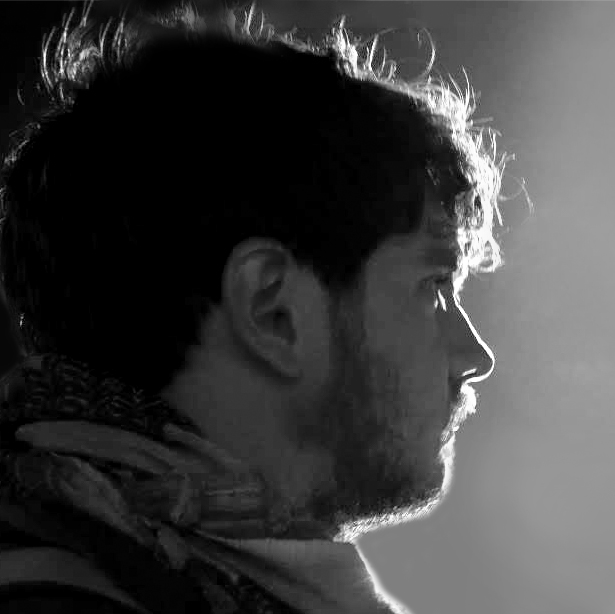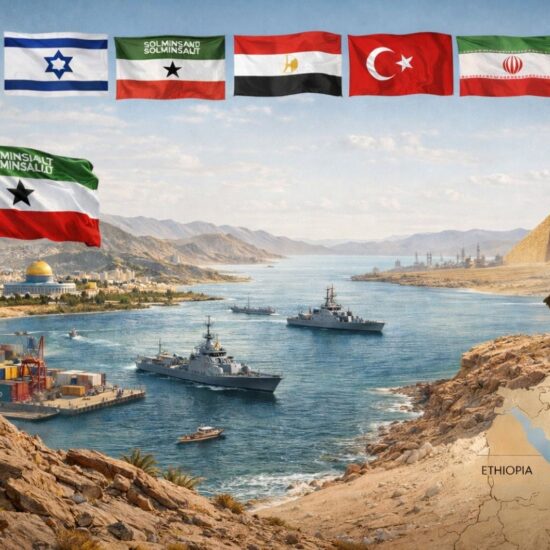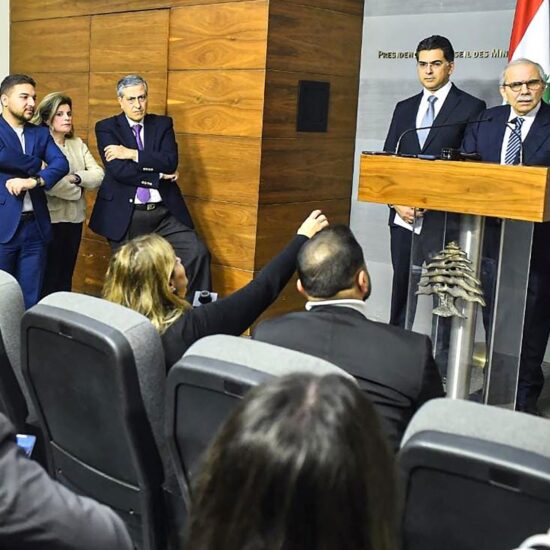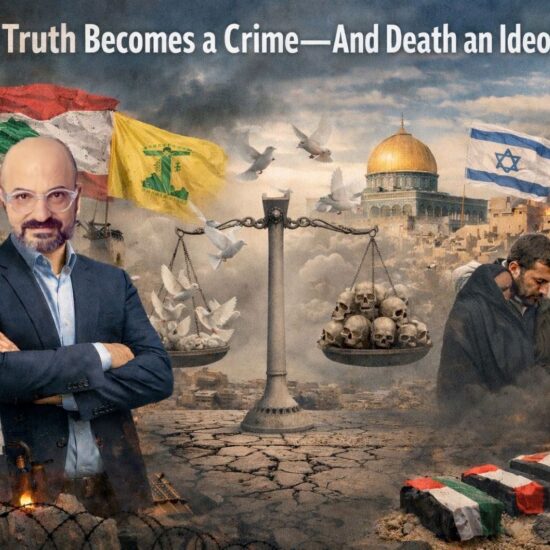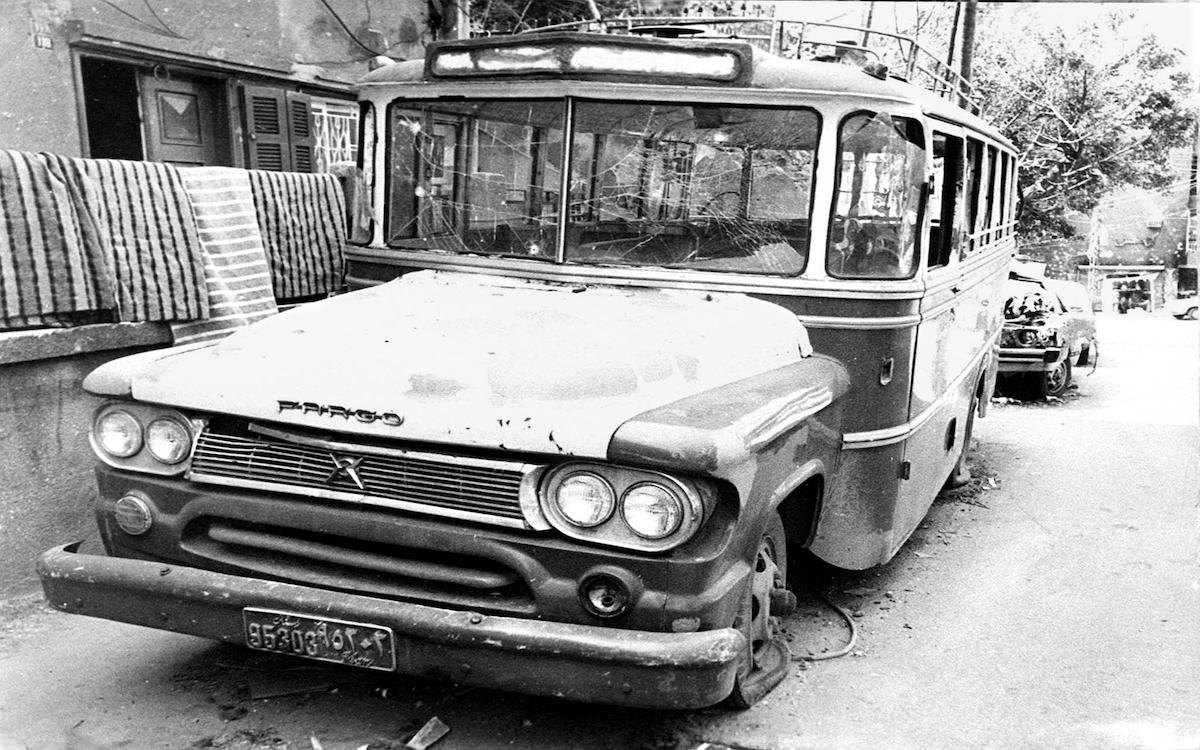
On April 13, 1975, the first shots were fired in what would turn out to be a bloody 15-year civil war in Lebanon that saw well over 100,000 people killed, scores missing, countless families displaced from their homes, and ultimately reshaped Lebanon into the country that it is today.
While the shooting may have long since stopped, many of the same issues that festered during the civil war remain unresolved and continue to plague Lebanon and its people.
What started the war: The civil war may have begun on April 13, but it had been building up long before.
In the 1960s and early 1970s, Palestinian groups, such as the Palestinian Liberation Organization (PLO), started to gain more of a presence in Lebanon following their expulsion from Jordan due to Black September, creating various strongholds throughout the country, essentially turning the western half of Beirut into their base.
This helped to fuel the country’s brewing sectarian tensions as the PLO, a predominately Sunni group, started to shift the balance of power in Lebanon, something that worried the Christians who enjoyed the most power as they were the largest sect in the country.
The tensions between the Christians and Palestinians continued to rise until it all culminated into the events of April 13, where unidentified gunmen fired upon a church in the Ain el-Rummaneh neighborhood of Beirut, killing four people, including two from a Christian milita.
Later that day, in response to the shooting, the Christian Kataeb militia killed 30 Palestinians traveling in Ain el-Rummaneh which ultimately led to more clashes and fighting.
Militias started to form throughout the country as individuals and forming factions began arming themselves. This ultimately led to a deluge of violence.
Unintended consequences: Besides the country being divided on sectarian lines, the civil war had several consequences that had a lasting impact on Lebanon.
The first was the intervention by Syria in the civil war in January 1976.
Hafez al-Assad, Syria’s president at the time, tried to broker a tentative peace between the warring sides and put the PLO back in check in order to avoid a full-scale Israeli invasion of Lebanon, which would put even more pressure on Syria which was technically at war with its Israeli neighbor.
Syria ultimately failed to bring an end to the civil war, but with Syrian troops deployed to Lebanese soil, it was the start of a Syrian occupation of Lebanon that would last well after the war officially came to an end in 1990.
This occupation had many consequences on Lebanon, in particular the expansion of political corruption that would be a mainstay in Lebanese politics even after Syria officially withdrew from Lebanon in 2005.
In addition to this, it created the precedent of assassinations to threaten a group’s grip on power, with Kamal Joumbaltt, Rafik Hariri, Samir Kassir, Gebran Tueni and Mohammad Chatah being just a few of those killed.
Another unintended consequence was the creation of Hezbollah.
After Israel’s invasion in 1982, the Amal Movement was busy fighting Palestinian factions and did nothing to combat Israel’s incursion into south Lebanon. As the occupation of the south went on, Hezbollah was able to tap into the frustrations of the Shiite community in the south to gain a foothold and recruit members into its ranks to fight the occupation.
By the time Amal started to participate in the fight against Israel, Hezbollah had gained too much ground, and the two Shiite groups began fighting for dominance. In 1990, with the help of Iran, Syria brokered a truce between Amal and Hezbollah which consequently ensured the continuation of Hezbollah, and that the two parties would work together in the years to come, albeit begrudgingly.
Since then, Hezbollah has become the most dominant group in Lebanon.
Same problems: Many of the problems that existed in the lead-up to and during the civil war persist today.
The Taif Agreement may have brought about the end of the war, but it did little to address any other problem.
The militias agreed to put down their guns, with the exception of Hezbollah, which Syria ensured was classified as a resistance group rather than a militia, and the leaders of these factions may have hung up their combat fatigues, but little else has changed.
There was never an attempt by officials to help the country heal from the wounds of the civil war, which at times of heightened crisis, are easily reopened.
Sectarian tensions remain rife throughout Lebanon, stoked by the same wartime leaders who thrive on divisions to gain support for themselves and their movements.
A fear remains in the Christian population that they will lose their roles to their Muslim counterparts as Hezbollah continues to consolidate power.
While constrained primarily to refugee camps, the PLO has since been replaced by groups like Hamas and Islamic Jihad, with the events of April 6 showing how armed non-state actors can continue to have an effect on the country.
Moving forward: Lebanon, in many ways, has remained stuck in the civil war, unable to move on from both its consequences on the ground and the traumas that have been passed down over a generation.
When the fighting began on April 13, few thought that the war would turn out the way it did, nor did they know that it would continue to define the country generations later.
Nicholas Frakes is a senior reporter with @NOW_leb. He tweets @nicfrakesjourno.


